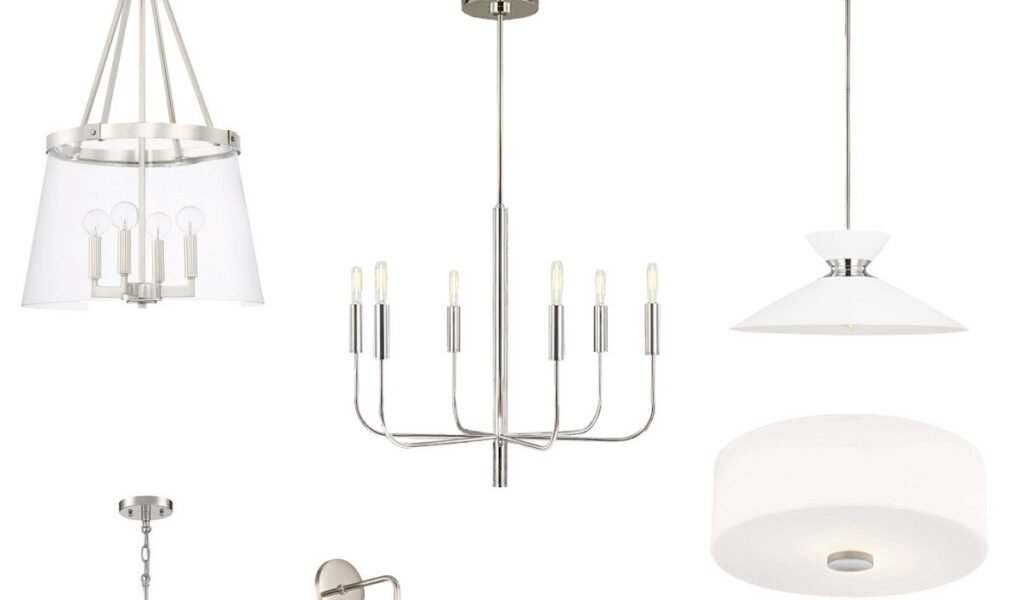If you’re in the market for some new lighting fixtures but can’t decide on a specific style, look no further! This article is here to help you navigate the world of transitional lighting styles. Whether you’re updating your home’s lighting or just looking for some inspiration, these tips will guide you through the process of choosing the perfect transitional lighting for your space. From finding the right balance between traditional and contemporary designs to understanding how different finishes can enhance your overall aesthetic, we’ve got you covered. So, let’s shed some light on the subject and get started on transforming your space with the perfect transitional lighting styles!
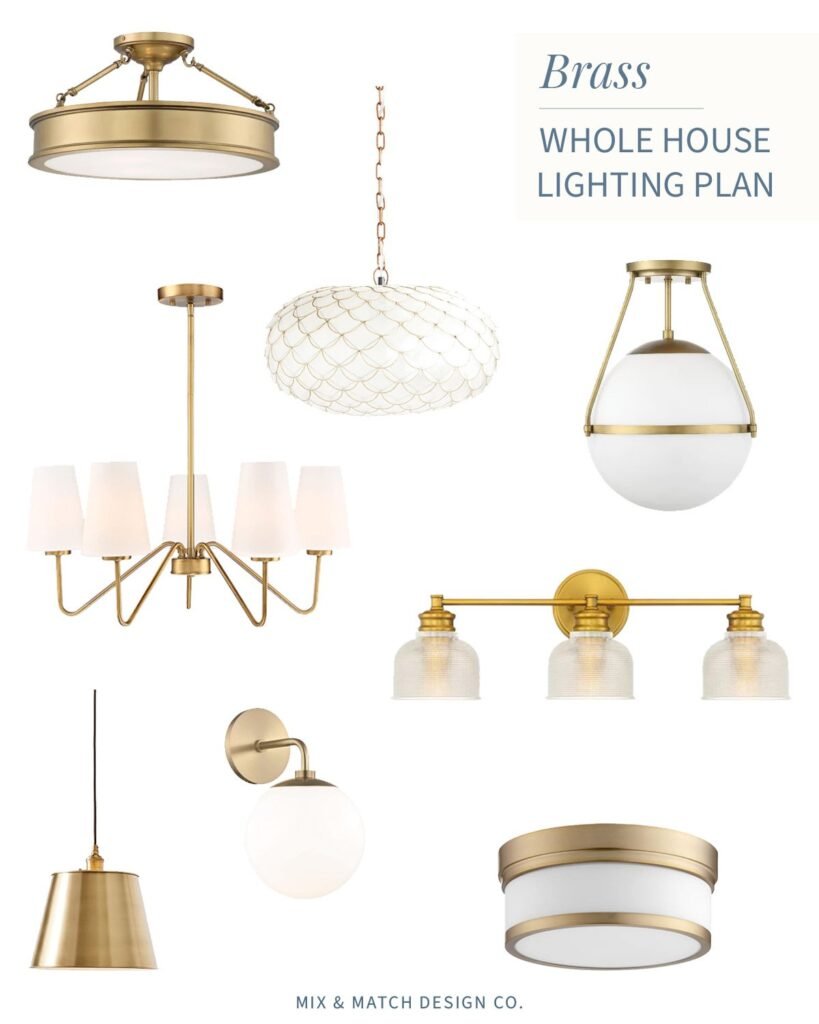
Consider the Overall Design Theme
Evaluate the current design theme of your space
Before choosing transitional lighting styles, it is important to evaluate the current design theme of your space. Take a good look at your room and assess its overall style. Is it modern, traditional, or somewhere in between? Understanding the existing design theme will help you select lighting fixtures that seamlessly blend in with the overall aesthetic.
Identify the desired ambiance and atmosphere
Consider the ambiance and atmosphere you wish to create in your space. Are you looking for a cozy and intimate feel, or a bright and airy vibe? The desired ambiance will guide your choice of lighting fixtures and their placement. For example, if you want to create a warm and inviting atmosphere, you may opt for soft and diffuse lighting options.
Ensure the transitional lighting style complements the theme
Once you have evaluated the current design theme and identified the desired ambiance, it is important to ensure that the transitional lighting style complements the overall theme. Transitional lighting styles offer a perfect blend of traditional and contemporary elements, making them versatile and adaptable to various design themes. Whether you have a rustic farmhouse-style space or a sleek and modern one, transitional lighting can be integrated seamlessly, adding a touch of elegance and sophistication.
Assess the Room’s Size and Layout
Take measurements of the room
Before selecting lighting fixtures, it is essential to take accurate measurements of the room. Measure the length, width, and height of the space to determine the appropriate scale and size of the lighting fixtures. This will prevent you from choosing fixtures that are either too small and insignificant or too large and overpowering for the room.
Consider the ceiling height
The ceiling height of the room plays a crucial role in choosing the right lighting fixtures. For rooms with higher ceilings, consider fixtures with longer downrods or pendant lights that can hang at an appropriate height. On the other hand, for rooms with lower ceilings, flush mount or semi-flush mount fixtures are more suitable to avoid any obstructions. Assessing the ceiling height will help you select lighting fixtures that are aesthetically pleasing and proportionate to the room.
Analyze the furniture arrangement and traffic flow
When choosing lighting fixtures, it is essential to analyze the furniture arrangement and traffic flow within the room. Consider the placement of your furniture and how people will move around the space. The lighting fixtures should enhance the functionality of the room by providing adequate illumination for various activities, such as reading, working, or entertaining. By analyzing the furniture arrangement and traffic flow, you can ensure that the lighting fixtures are strategically placed to meet your specific needs.
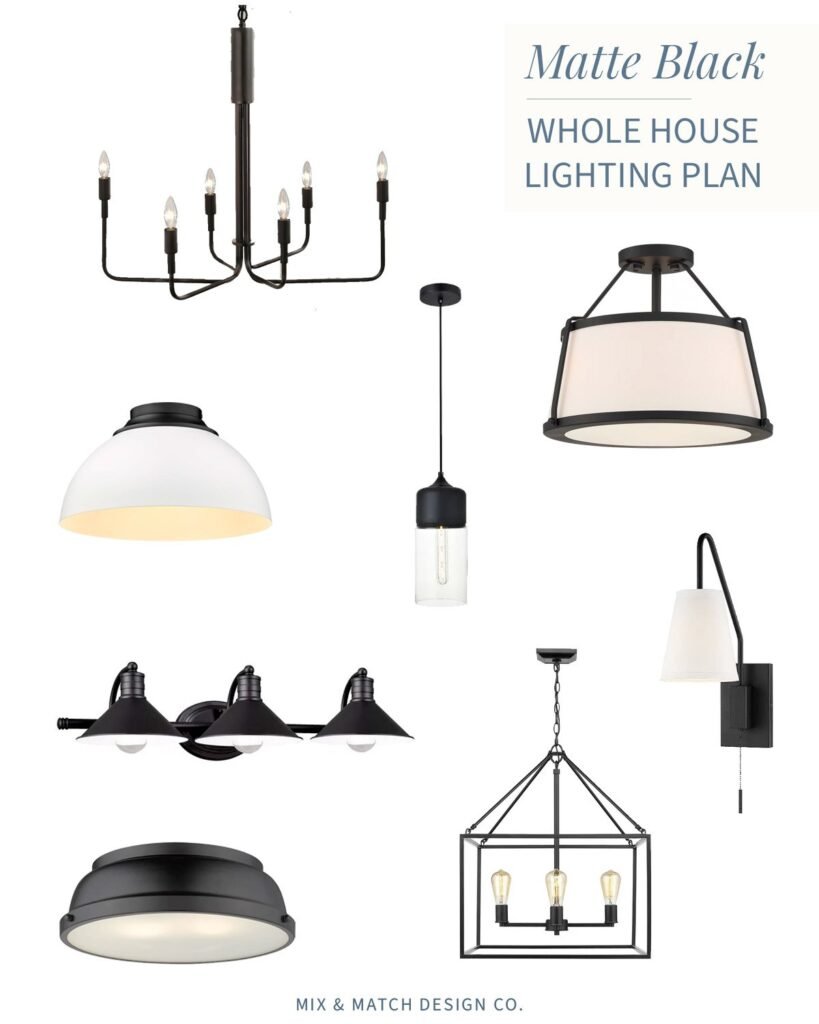
Choose the Appropriate Fixture Types
Pendant lights
Pendant lights are a popular choice for transitional lighting styles due to their versatility and aesthetic appeal. They can be used as focal points in a room, particularly when installed in clusters or arranged in a linear fashion. Pendant lights are available in various sizes, shapes, and finishes, allowing you to find the perfect fit for your space.
Chandeliers
Chandeliers are elegant and timeless lighting fixtures that can add a touch of sophistication to any room. They are available in a range of styles, from traditional crystal chandeliers to more contemporary and minimalist designs. Chandeliers can serve as statement pieces, creating a stunning focal point in your space.
Wall sconces
Wall sconces are versatile lighting fixtures that can provide both functional and ambient lighting. They can be mounted on the walls to complement the overall design theme and add a layer of visual interest. Wall sconces are ideal for illuminating hallways, accentuating artwork, or providing task lighting in reading nooks.
Table lamps
Table lamps are portable lighting fixtures that can be placed on tables, desks, or nightstands. They add a warm and intimate glow to any space and are perfect for providing task or ambient lighting. Table lamps come in various styles, sizes, and materials, allowing you to find the perfect match for your transitional design theme.
Floor lamps
Floor lamps are versatile lighting fixtures that can be used to illuminate larger areas or specific corners of a room. They can provide both task and ambient lighting, depending on the style and placement. Floor lamps are available in a variety of designs, from sleek and modern to more traditional and ornate.
Ceiling fans with lights
Ceiling fans with lights combine functionality and style, making them an excellent choice for transitional lighting. They provide both illumination and air circulation, making them ideal for spaces like bedrooms, living rooms, or dining areas. Ceiling fans with lights are available in a range of designs, allowing you to find one that complements your overall design theme.
Determine the Lighting Requirements
Task lighting for specific activities
Task lighting is essential for performing specific activities that require focused illumination. Consider the tasks that will be performed in the room, such as reading, cooking, or working at a desk. Choose lighting fixtures that provide directed light to these areas, such as desk lamps, under-cabinet lighting, or adjustable spotlights.
Ambient lighting for overall illumination
Ambient lighting is crucial for providing overall illumination to a room. It sets the mood and creates a comfortable and inviting atmosphere. Consider using ceiling fixtures, such as chandeliers or flush mount lights, to provide ambient lighting. Additionally, wall sconces can also contribute to the ambient lighting by providing a soft and diffused glow.
Accent lighting to highlight architectural features or art
Accent lighting is used to highlight specific architectural features, artwork, or decorative elements in a room. It adds depth and visual interest to the space. Consider using adjustable track lighting, recessed spotlights, or picture lights to create focal points and draw attention to these elements. Accent lighting can enhance the overall design theme and create a visually captivating space.

Consider the Lighting Bulb and Fixture Finishes
Evaluate the color temperature and wattage of bulbs
When selecting lighting bulbs, it is important to evaluate the color temperature and wattage. Color temperature refers to the warmth or coolness of the light emitted by the bulb. Choose a color temperature that complements the desired ambiance and overall design theme of the room. Additionally, consider the wattage of the bulbs to ensure they provide sufficient illumination without overpowering the space.
Choose between LED, incandescent, or energy-efficient options
LED bulbs have gained popularity due to their energy efficiency and long lifespan. They are available in various color temperatures and can be dimmable, providing flexibility in creating different lighting scenes. Incandescent bulbs, although less energy-efficient, can provide a warm and cozy glow. Consider your priorities in terms of energy efficiency and desired lighting effects when choosing between LED, incandescent, or other energy-efficient options.
Match the fixture finishes with the other hardware in the space
To ensure a cohesive and harmonious design, it is important to match the finishes of the lighting fixtures with the other hardware in the space. Consider the finishes of the door handles, faucets, cabinet pulls, and other elements in the room. Choose lighting fixtures with matching or complementary finishes, such as brushed nickel, bronze, or brass. This attention to detail will create a cohesive and polished look.
Think About the Control and Dimming Options
Consider the desired level of control and convenience
Think about the desired level of control and convenience when it comes to your lighting. Modern lighting systems offer various control options, including simple wall switches, dimmers, or even smart home integration. Determine whether you want the flexibility to adjust the brightness of the lights or create different lighting scenes according to different activities or moods.
Evaluate the available control options such as switches, dimmers, or smart home integration
Take a look at the available control options for your chosen lighting fixtures. Some fixtures may come with built-in dimmers or remote controls, while others may require the installation of separate dimmers or smart home systems. Evaluate the compatibility and functionality of the control options and choose what suits your needs best.
Ensure compatibility with the chosen lighting fixtures
When selecting control options, it is crucial to ensure compatibility with the chosen lighting fixtures. Not all fixtures may be compatible with certain control systems or dimmers. Check the specifications and recommendations provided by the manufacturer to ensure a seamless integration of the lighting fixtures with the chosen control options.
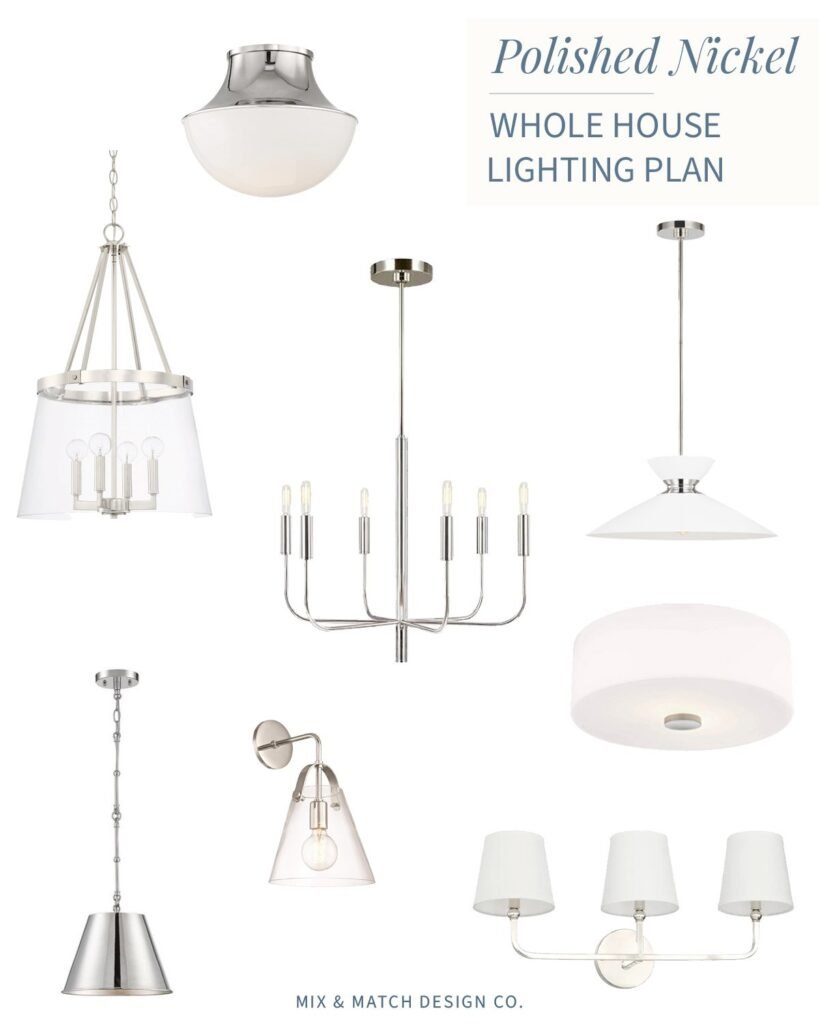
Take Budget and Maintenance into Account
Set a budget for the transitional lighting
Setting a budget is an important consideration when choosing transitional lighting. Determine the maximum amount you are willing to spend on lighting fixtures and stick to it. Consider both the initial cost of the fixtures and any additional expenses for installation, wiring, or control systems. Setting a budget will help guide your choices and prevent overspending.
Consider the long-term maintenance costs
In addition to the initial cost, it is important to consider the long-term maintenance costs of the chosen lighting fixtures. Some types of bulbs may need more frequent replacement, while others have a longer lifespan. Take this into account when making your decision to avoid any surprises or additional expenses down the line.
Explore affordable yet durable options
Affordability and durability are important factors to consider when selecting transitional lighting. Fortunately, there are many affordable options available that offer both style and quality. Explore different brands and retailers to find lighting fixtures that fit within your budget without compromising on durability or aesthetics. Don’t be afraid to shop around and compare prices to get the best value for your money.
Seek Inspiration from Design Publications and Online Resources
Browse design magazines and books
Design magazines and books provide a wealth of inspiration when it comes to choosing transitional lighting styles. Flip through the pages and look for rooms with similar design themes or aesthetics. Pay attention to the lighting fixtures used and how they contribute to the overall ambiance. Save images or tear out pages that inspire you to create a visual reference for your own space.
Explore online platforms such as Pinterest or Houzz
Online platforms such as Pinterest and Houzz are excellent resources for design inspiration. Create boards or ideabooks dedicated to transitional lighting and browse through thousands of images from professionals and fellow design enthusiasts. Explore different styles, color palettes, and fixture options to find ideas that resonate with your own design vision.
Get inspired by real-life design examples and ideas
In addition to magazines and online resources, real-life design examples can provide valuable inspiration. Visit model homes, open houses, or local design shows to see how lighting fixtures are incorporated into different spaces. Take note of the styles, finishes, and placement of the fixtures to gather ideas for your own transitional lighting design.
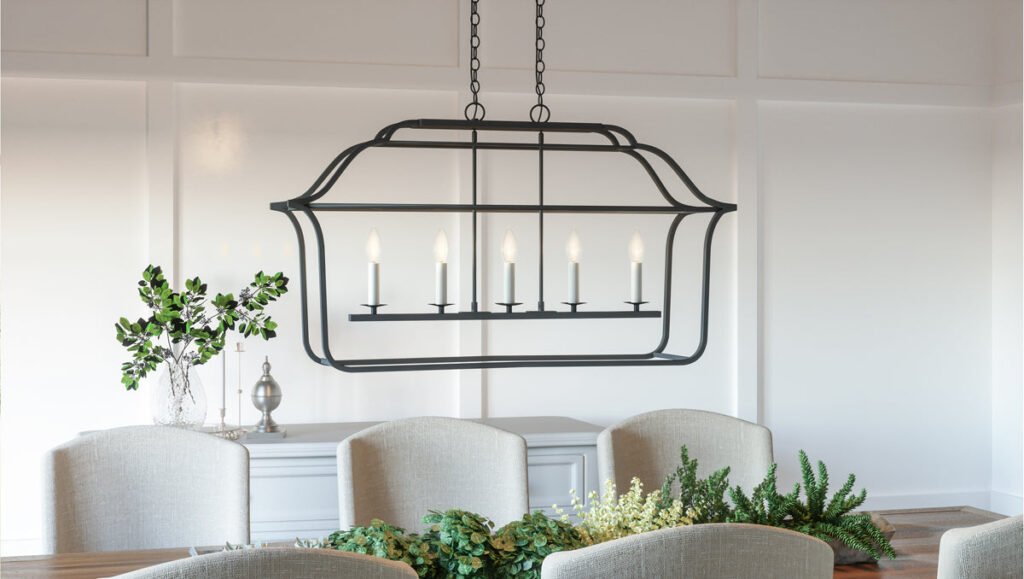
Consult with a Lighting Specialist or Interior Designer
Engage the expertise of a lighting specialist
If you feel overwhelmed or unsure about choosing transitional lighting styles, consider consulting with a lighting specialist. Lighting specialists have in-depth knowledge and experience in selecting fixtures that suit your specific needs and preferences. They can provide personalized recommendations and help you create a lighting design that enhances the overall aesthetic and functionality of your space.
Seek advice from an interior designer
Interior designers are trained professionals who can provide valuable guidance when it comes to lighting design. They have a deep understanding of how lighting can transform a space and bring your design vision to life. By collaborating with an interior designer, you can ensure that your transitional lighting seamlessly integrates with the overall interior design concept.
Receive personalized recommendations based on your space
Both lighting specialists and interior designers can offer personalized recommendations based on your unique space. They will take into account factors such as room size, layout, design theme, and your specific lighting requirements. By consulting with professionals, you can save time and ensure that your transitional lighting choices are well-informed and tailored to your individual needs.
Consider Energy Efficiency and Sustainability
Choose lighting fixtures with Energy Star certification
When choosing transitional lighting fixtures, consider those with Energy Star certification. Energy Star-certified fixtures are designed to be energy-efficient and environmentally friendly, helping you reduce your energy consumption and lower your electricity bills. Look for the Energy Star label on the packaging to ensure that the fixtures meet stringent energy efficiency standards.
Explore sustainable materials and manufacturing processes
In addition to energy efficiency, consider the sustainability of the materials used in the manufacturing of the lighting fixtures. Look for fixtures made from recycled or eco-friendly materials and inquire about the manufacturing processes employed by the manufacturer. Choosing sustainable lighting options helps reduce your carbon footprint and promotes a greener and more environmentally conscious lifestyle.
Opt for LED or other energy-efficient lighting options
LED lighting is a highly energy-efficient option that has become increasingly popular in recent years. LED bulbs consume less energy, have a longer lifespan, and produce less heat compared to traditional incandescent bulbs. Opting for LED lighting fixtures can significantly reduce your energy consumption and contribute to a more sustainable lifestyle. Additionally, explore other energy-efficient options such as compact fluorescent lamps (CFLs) or fixtures with integrated motion sensors for further energy savings.
By following these comprehensive tips, you can confidently navigate the process of choosing transitional lighting styles for your space. Remember to consider the overall design theme, assess the room’s size and layout, choose appropriate fixture types, determine the lighting requirements, consider the bulb and fixture finishes, think about control and dimming options, take budget and maintenance into account, seek inspiration from design publications and online resources, consult with professionals, and prioritize energy efficiency and sustainability. By carefully considering these factors, you can create a well-lit and visually stunning space that perfectly aligns with your personal style and needs.
